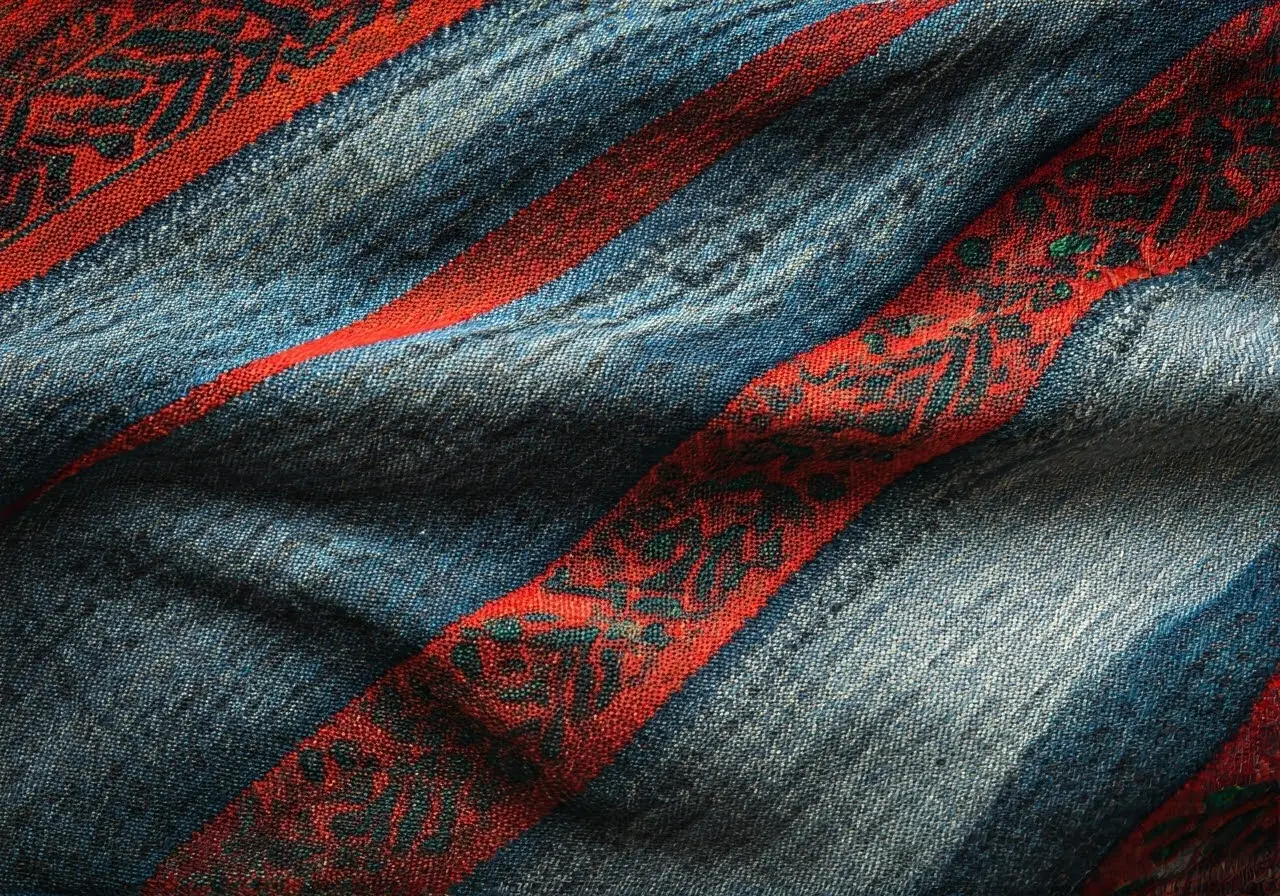Palestinian scarves, widely recognized as keffiyehs or kufiyas, are not just fashion items; they carry profound cultural and historical significance. The patterns woven into these scarves tell stories of heritage, identity, and resistance. In this blog, we’ll explore the traditional patterns found on Palestinian scarves and the meanings behind them.
History and Origin of Palestinian Scarves
The keffiyeh’s history is rich, originating from ancient Mesopotamia around 3100 BC. Over centuries, it evolved into a symbol of Palestinian heritage and resistance. Wearing your keffiyeh has long been a tradition, embodying cultural pride and collective identity.
This scarf first gained widespread recognition during World War I, when it was popularized by soldiers to protect against the sun and sand. Over time, it came to represent not just protection, but unity and strength among Palestinians.
Today, the keffiyeh is a staple in wardrobes worldwide, worn for its aesthetic appeal and as a testament to its storied past. Its patterns serve as visual narrators of a rich, ongoing cultural tale.
The Importance of the Black and White Pattern
The black and white keffiyeh is arguably the most iconic, immediately recognizable by its distinctive pattern. This design is steeped in symbolism, representing resilience and defiance. The stark contrasts in the pattern mirror the complex struggles faced by Palestinians through the ages.
The black lines are often thought to symbolize the trade routes or borderlines, a nod to the region’s historical trade importance and territorial concerns. Meanwhile, the white squares reflect peace and freedom, highlighting aspirations for a harmonious future.
Red and White Patterns: Regional Variations
In contrast, the red and white pattern is prominent in Jordan, signifying a slightly different cultural narrative. While still embodying resistance, it tends to reflect local tribal and national loyalties more intimately.
This variant is a favorite among fashion enthusiasts who appreciate its vibrant boldness. The colors mark it as a standout piece in any ensemble, and its regional specificity adds layers of depth for those who understand its cultural context.
Symbolism Behind Fishnet and Olive Leaf Designs
Additional patterns on the keffiyeh include the fishnet and olive leaf motifs. The fishnet pattern is said to signify resilience through interconnection, denoting a closely-knit society.
Olive branches reflect peace and plenty, resonating strongly within Palestinian culture. They are often regarded as a symbol of hope and perseverance in the face of adversity.
Each design element holds nuanced symbolism, contributing to the scarf’s deep cultural resonance that goes beyond just aesthetic appeal. This intricacy makes the keffiyeh not only a piece of clothing but a piece of living history.
Modern Interpretations and Uses of Palestinian Scarves
In modern fashion, the keffiyeh has transcended its origins, making its way into global apparel collections. Designers often incorporate its traditional elements in contemporary pieces, a testament to its timeless style.
Embracing both tradition and innovation, these modern interpretations ensure the keffiyeh remains relevant, functioning as both a stylish accessory and a symbol of cultural heritage in today’s world.
Famous figures and activists have worn these scarves to convey solidarity and support for Palestinian causes, demonstrating how the keffiyeh continues to serve as a powerful tool for communication.
Understanding the Stories Behind the Patterns
Palestinian scarves are much more than just beautiful garments; they are a symbol of identity, resistance, and solidarity. The intricate patterns represent millennia of culture and history, preserving a rich tradition. Whether you wear them as a fashion statement or as a sign of support, understanding the stories they tell is key to appreciating their true significance.




